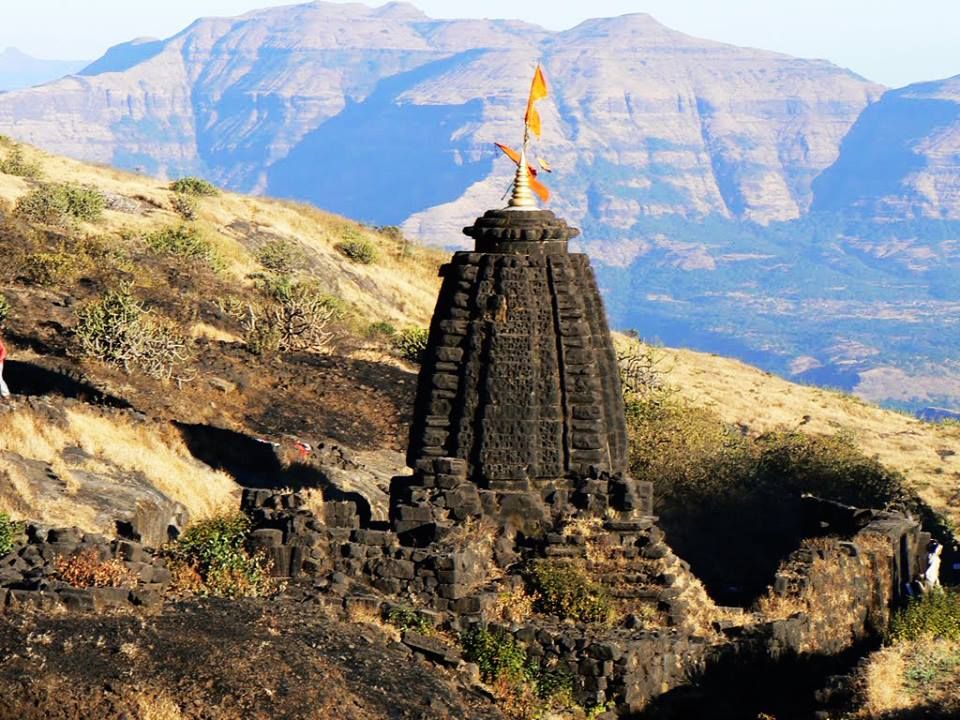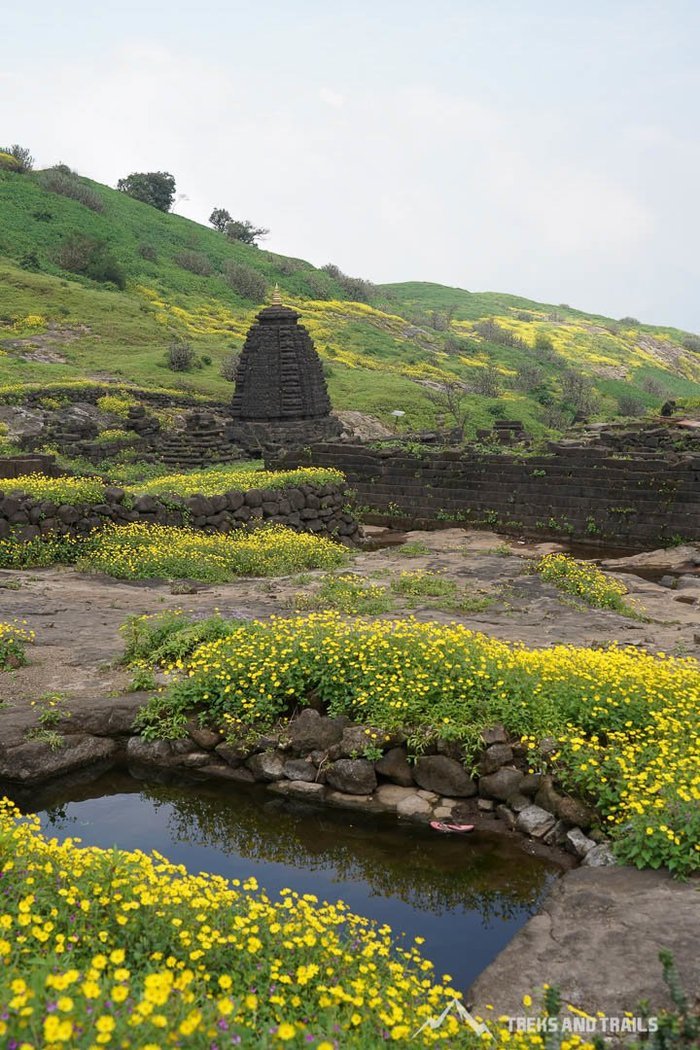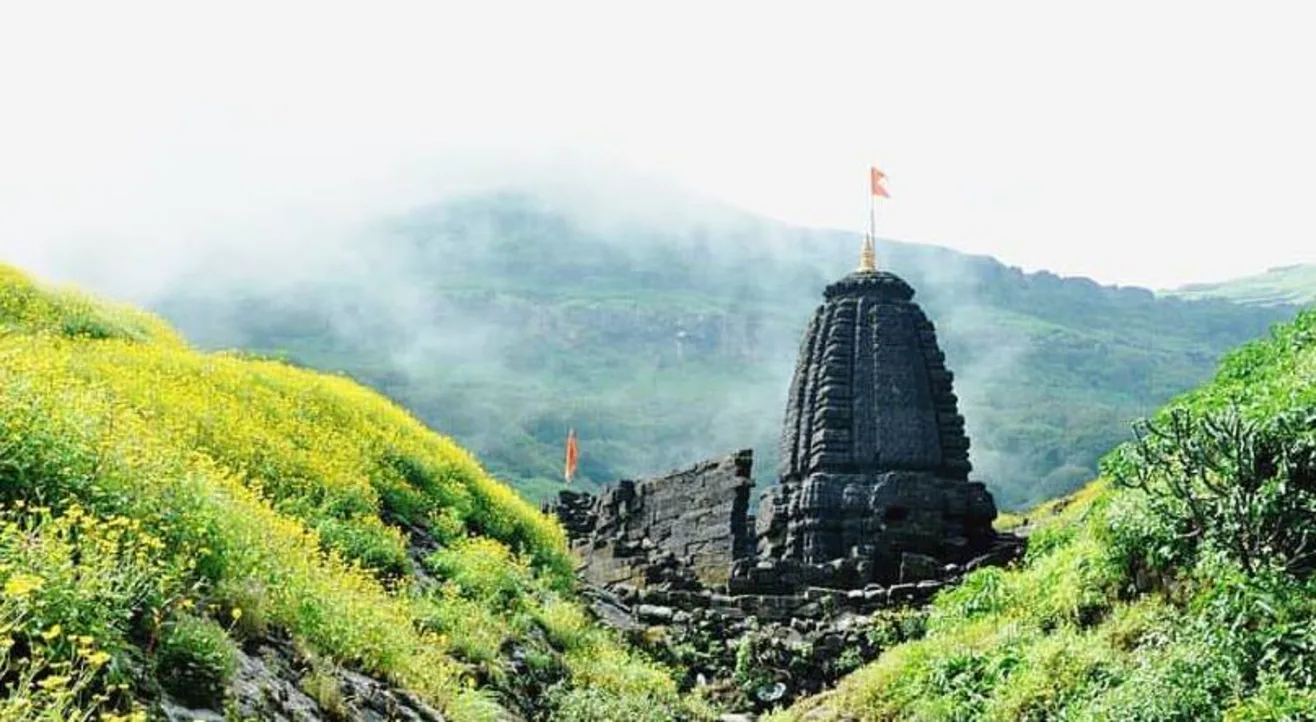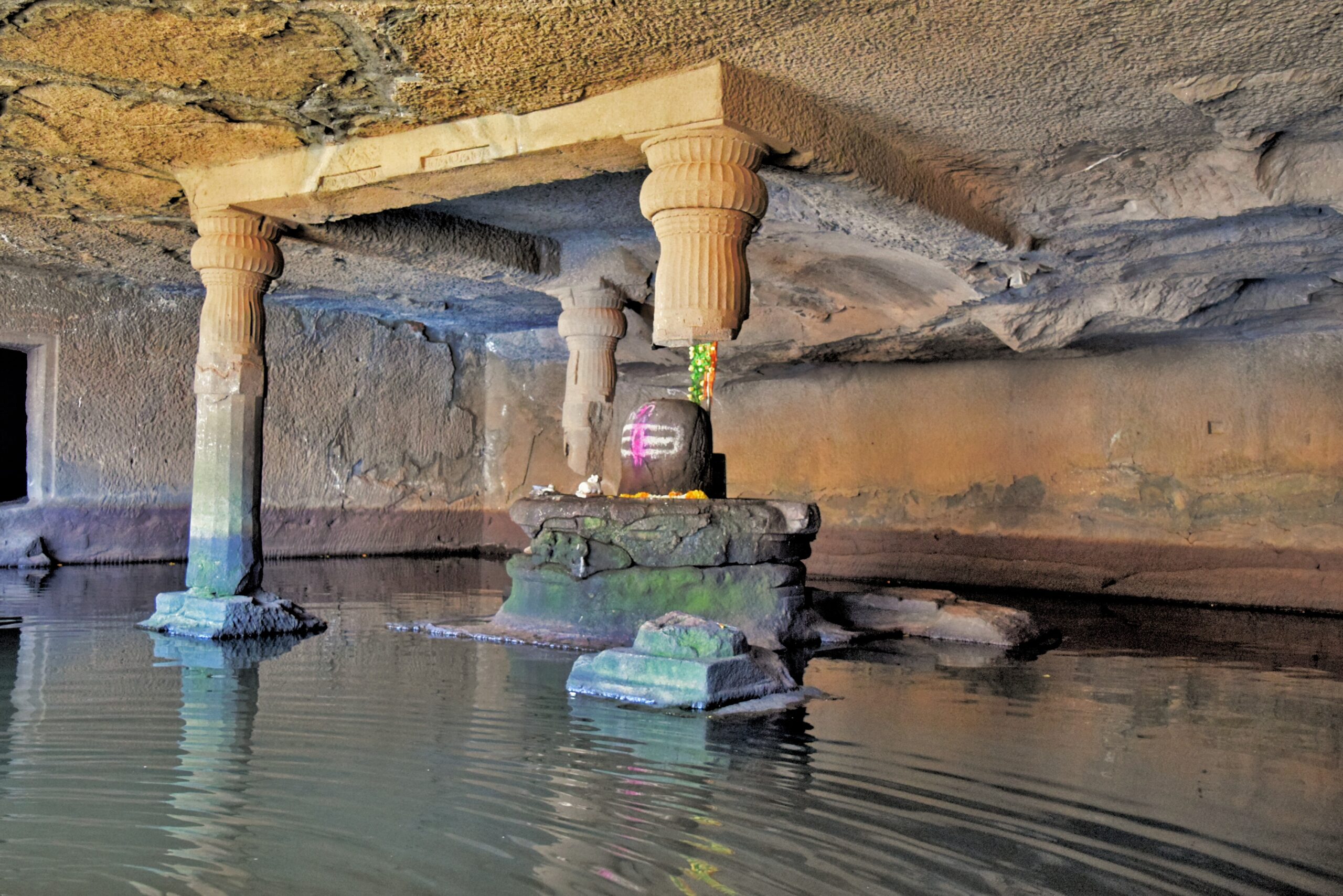India’s ancient history holds countless enigmatic and hidden mysteries that surpass human understanding. Despite centuries of efforts to unravel them, these secrets remain unresolved. One intriguing example is the Kedareshwar temple, situated on Harishchandragad Hill Fort in Ahmednagar district, Maharashtra.
The Kedareshwar Temple has a marvelous propensity for mysticism and stands as a testament to architectural splendor and spiritual significance.
If you are a history enthusiast or a person who wants to unravel the real meaning of truth, then this destination should be in your diary.
Harishchandragad houses three mysterious caves. In one such cave, we find the Kedareshwar Temple. Inside the temple we have a five-foot-tall Shivling, surrounded by water from all directions, It’s a remarkable example of the seamless fusion of religious philosophy and architectural beauty.
A popular destination for trekking.
A temple whose design and manifestation of mystical and religious powers are much more distinct than other temples.

History
According to local sources, the fort was constructed by the Kalachuri dynasty in the 6th century, while the caverns of Harishchandragad fort were excavated in the 11th century.
It is also believed that in the 14th century, a great sage named Rishi Changdev authored the famous sculpture ‘Tatvasaar,’ adding to the medieval era’s beauty of the temple.
Uniqueness
This temple has a unique blend of architectural significance and religious beauty.
Another astonishing feature is the Saptatirtha Pushkarni, alternatively known as the Seven Waters, present in the eastern part of the temple, known for its medicinal properties.
The temple has a Shivlinga surrounded by four pillars, which are believed to represent different yugas. It is said that a pillar will be destroyed at the end of each yuga, and when the last pillar breaks, the world will come to an end. Locals often mention a mysterious story that the water surrounding the Shivlinga changes its temperature, becoming colder during winter and warmer during summer.
The awe-inspiring idol of Lord Shiva draws devotees from all over the country to seek solace and blessings.
Symbolism of the Kedareshwar Temple
The Four Pillars within the Kedareshwar Temple hold significance that transcends mere structural elements, embodying profound symbolism deeply rooted in Hindu mythology. Each of these pillars stands as a representation of one of the four Yugas, or cosmic eras, as delineated in Hindu cosmology. These Yugas, known as Satya Yuga, Treta Yuga, Dvapara Yuga, and Kali Yuga, symbolize distinct phases within the eternal cyclic process of creation and existence.
The Mythical Significance
According to local legends, the Four Pillars are imbued with the symbolism of Lord Brahma’s unwavering devotion to Lord Shiva, the deity of creation. It is believed that Lord Brahma engaged in intense penance at this very site, offering fervent prayers and meditation to Lord Shiva, beseeching blessings and divine guidance. These pillars serve as an enduring reminder of this sacred connection, perpetuating the eternal rhythm of creation, preservation, and dissolution.
The Shifting Heights
Adding to the mystique, it is said that these pillars dynamically alter their heights in response to the evolving Yugas. As each cosmic age progresses, the corresponding pillar’s height undergoes transformation, symbolizing the shifts in the cosmic order and the transition from one Yuga to another. This enigmatic phenomenon is widely regarded as a direct manifestation of divine energy and intervention.
A Marvel of Nature
Further enhancing the temple’s allure, the water surrounding the Shivling is known to exhibit variations in temperature during different seasons. In the winter months, it transforms into lukewarm water, while in the summer, it takes on an ice-cold demeanor. This intriguing natural phenomenon adds to the temple’s aura of mysticism and wonder.
How to reach
- By Bus – Start your journey by taking a bus to the nearest town or village serving as the base point for the Harishchandragad trek. The base village is Ahmednagar or nearby villages like Khireshwar.
- By Train – Take a train to Ahmednagar railway station, connected to major cities in Maharashtra and other states. From there, you can hire a taxi to reach the base village for the Harishchandragad trek.
Once you reach the base village, start your trek toward Harishchandragad Hill Fort. This trek can be challenging for non-trekkers but offers a memorable experience for enthusiasts.

Where to stay
- If you want to make this journey memorable, camping in the hills will be a rewarding experience. Alternatively, there are hotels in Ahmednagar that you can book, but for the fullest enjoyment, I recommend camping.
Some special tips
- Explore the beauty of the temple – When visiting the temple, take your time to explore the serenity, solace, and tranquility of this beautiful place; don’t rush through.
- Carry a first aid box with you, as this is a challenging trek, and injuries may occur. Additionally, ensure you have an ample supply of water, food, and safety gear.

Whether you are a religious person or not, this destination should be on your list. The first time I visited, I was captivated by the natural beauty, intricate architectural carvings, and the mysterious presence of God. Encountering such a beautiful temple, with modern interpretations and deep religious symbolism, has been a blessing. Your world tour would be incomplete without a visit to Kedareshwar Temple.












3 Comments. Leave new
This is so well researched, it takes us around the historical and mystical aspects of the temple. A very informative and helpful guide!
very informative ❣️
very informative ❣️each and every line is interesting… great job ☺️❣️